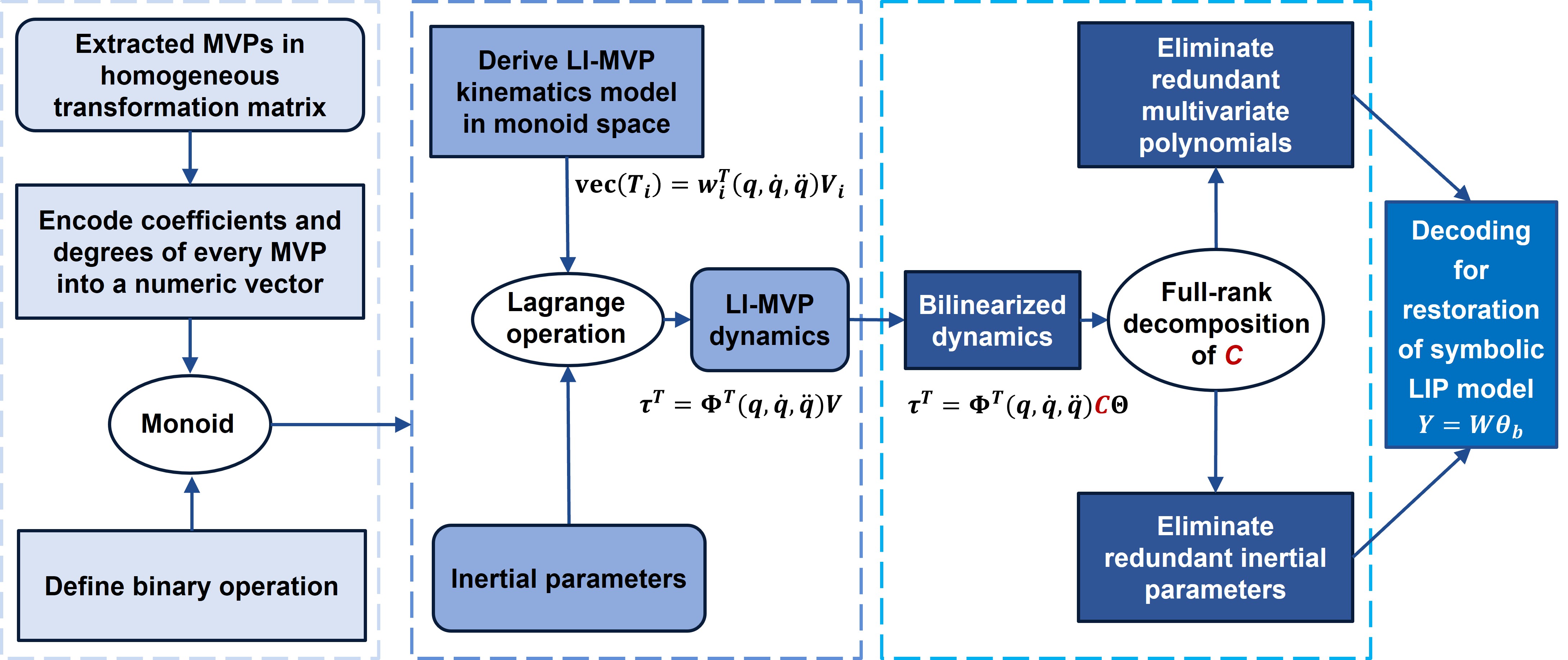A research team from the Ningbo Institute of Materials Technology and Engineering (NIMTE) of the Chinese Academy of Sciences has developed a new method to enhance the efficiency of dynamics modeling for industrial robots, tackling long-standing bottlenecks in real-time torque computation.
The findings, published in IEEE Transactions on Industrial Informatics, introduce a novel approach to address inefficiencies in traditional dynamic models.
Industrial robots rely on linear-in-parameter (LIP) dynamic models for tasks like torque calculation and online identification of dynamic parameters, which are critical for adaptive control and robot-environment interactions. However, these models often suffer from redundant terms in multivariate polynomials (MVPs), hampering computation speed and limiting real-time applications.
To overcome this, the researchers proposed a linear-in-multivariate-polynomials (LI-MVP) dynamics model. This framework encodes coefficients and polynomial degrees into a numeric matrix, streamlining the dynamic modeling process and boosting efficiency.
A key innovation lies in replacing the cumbersome symbolic Kronecker product with a binary operation defined within a monoid, accelerating the derivation of the LI-MVP model in encoded space.
"Our method simplifies model derivation and speeds up real-time torque computation by simultaneously eliminating redundant MVPs and parameters," said Prof. CHEN Silu, the study's corresponding author.
The final symbolic LIP model is restored using decoded MVPs in Horner form, which reduces the number of multiplications required for torque computation.
Quantitative analysis confirms that the new method is more efficient than existing approaches in model derivation. It also shows strong potential for real-time model-based control of industrial robots, according to the researchers. This advancement suggests improvements in the agility and responsiveness of robotic systems.

The proposed efficient dynamics modeling of industrial robots. (Image by NIMTE)






